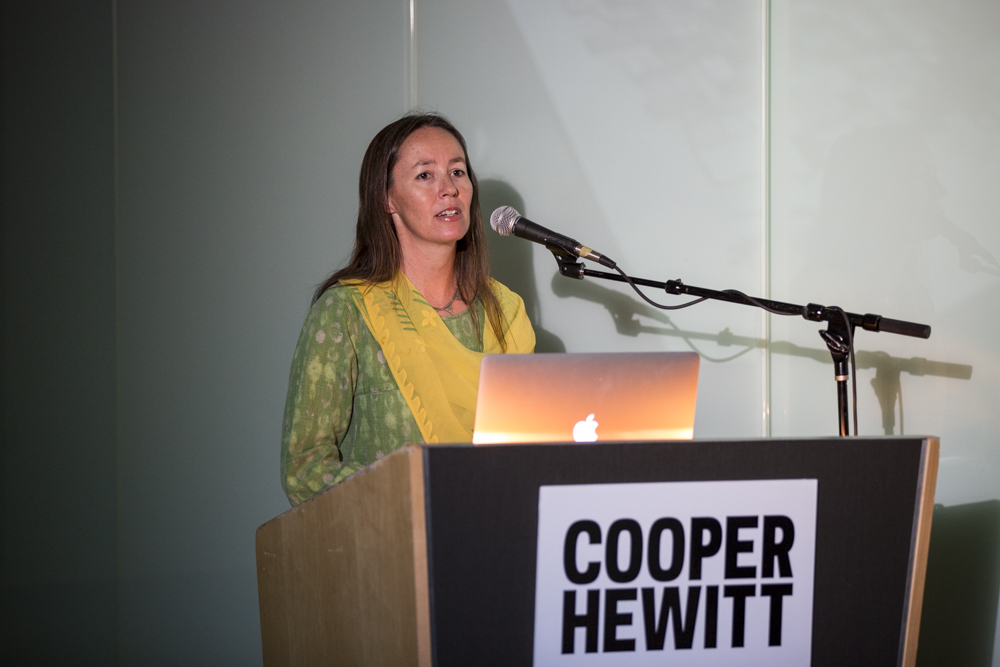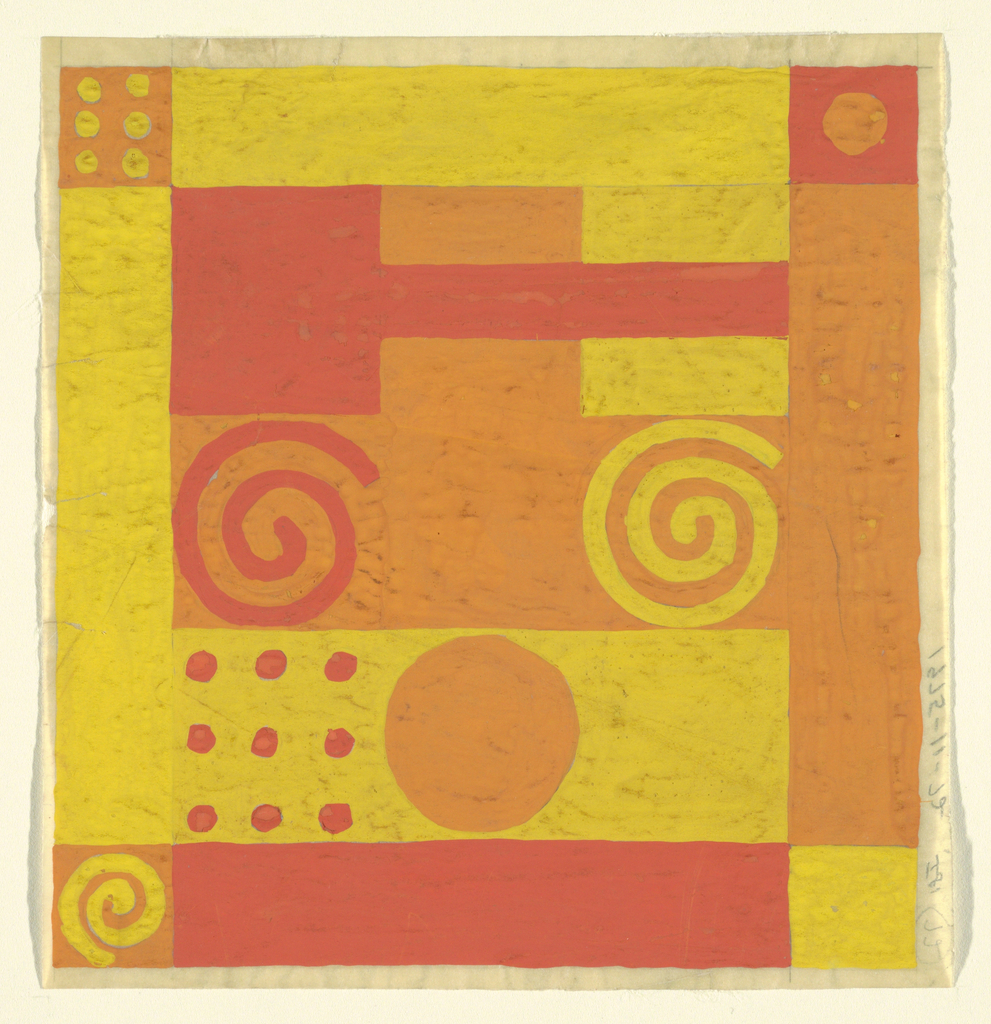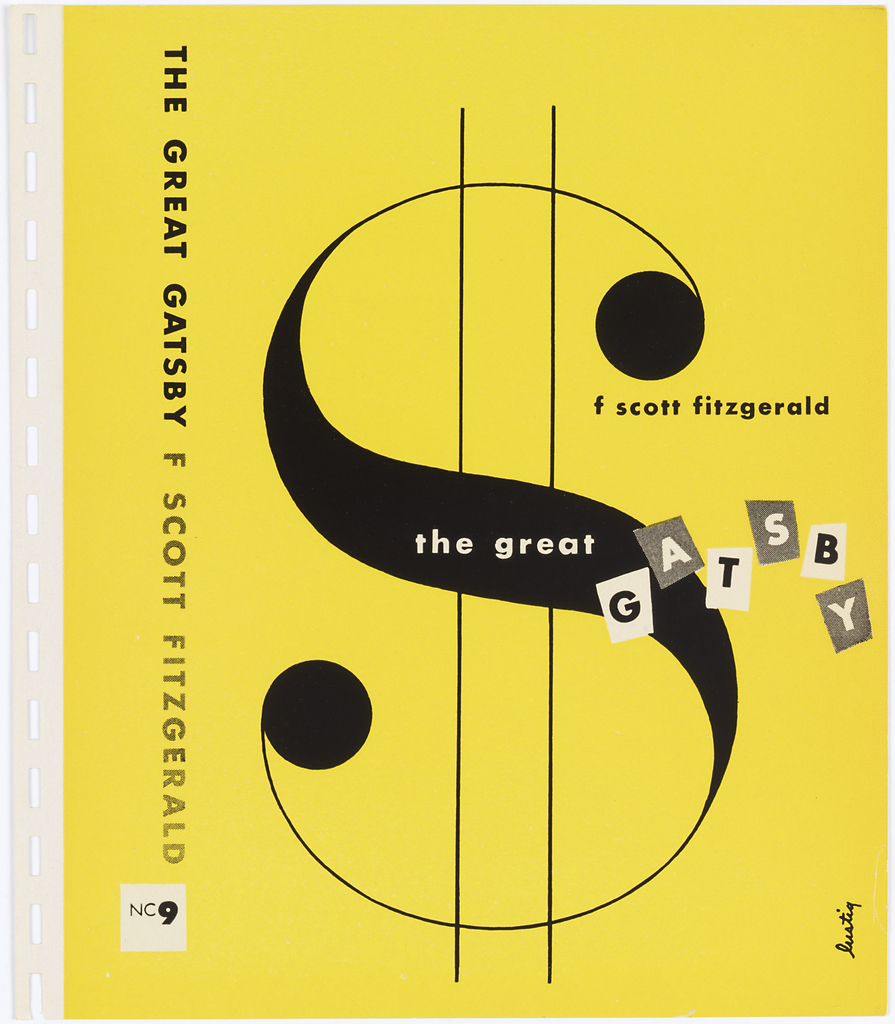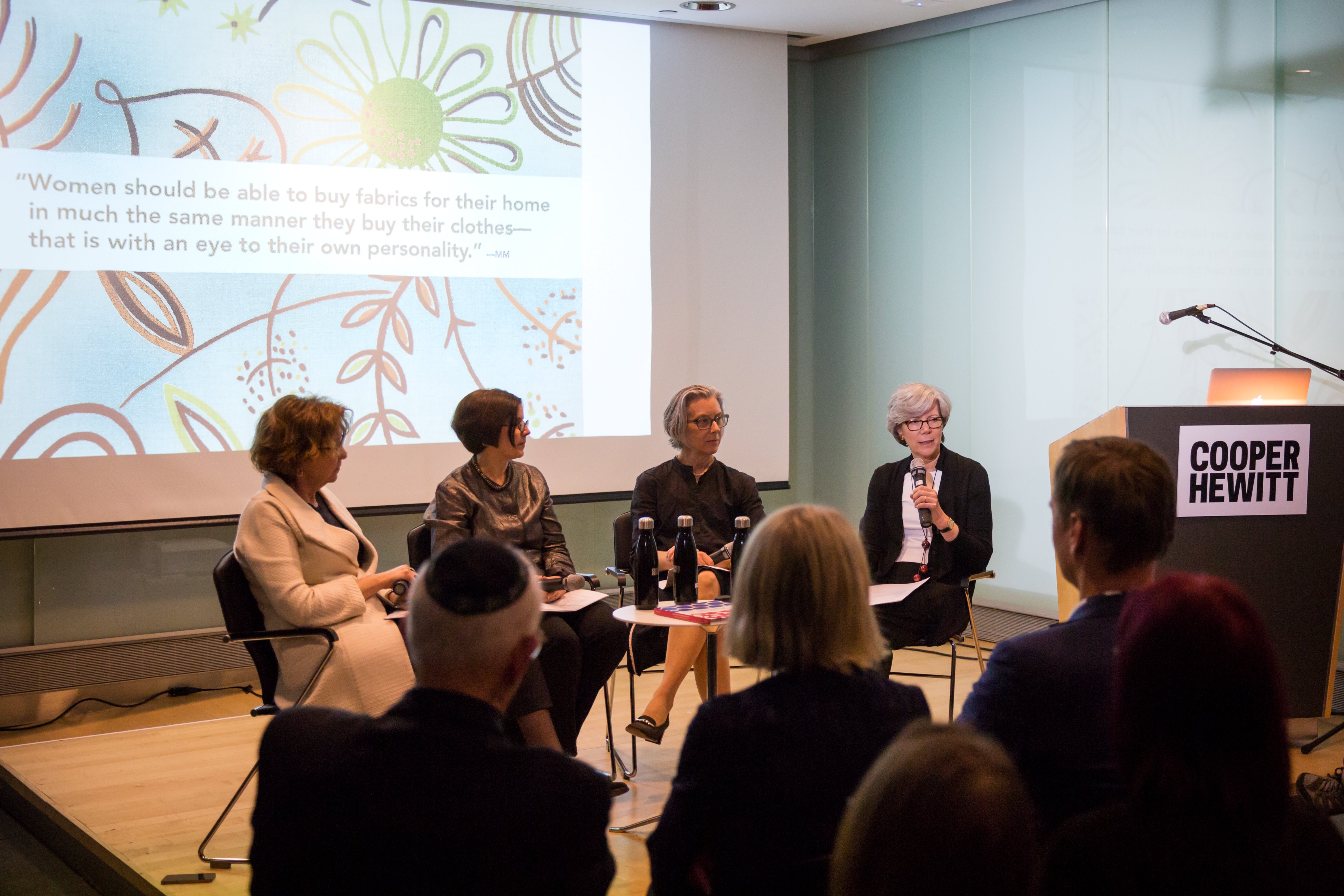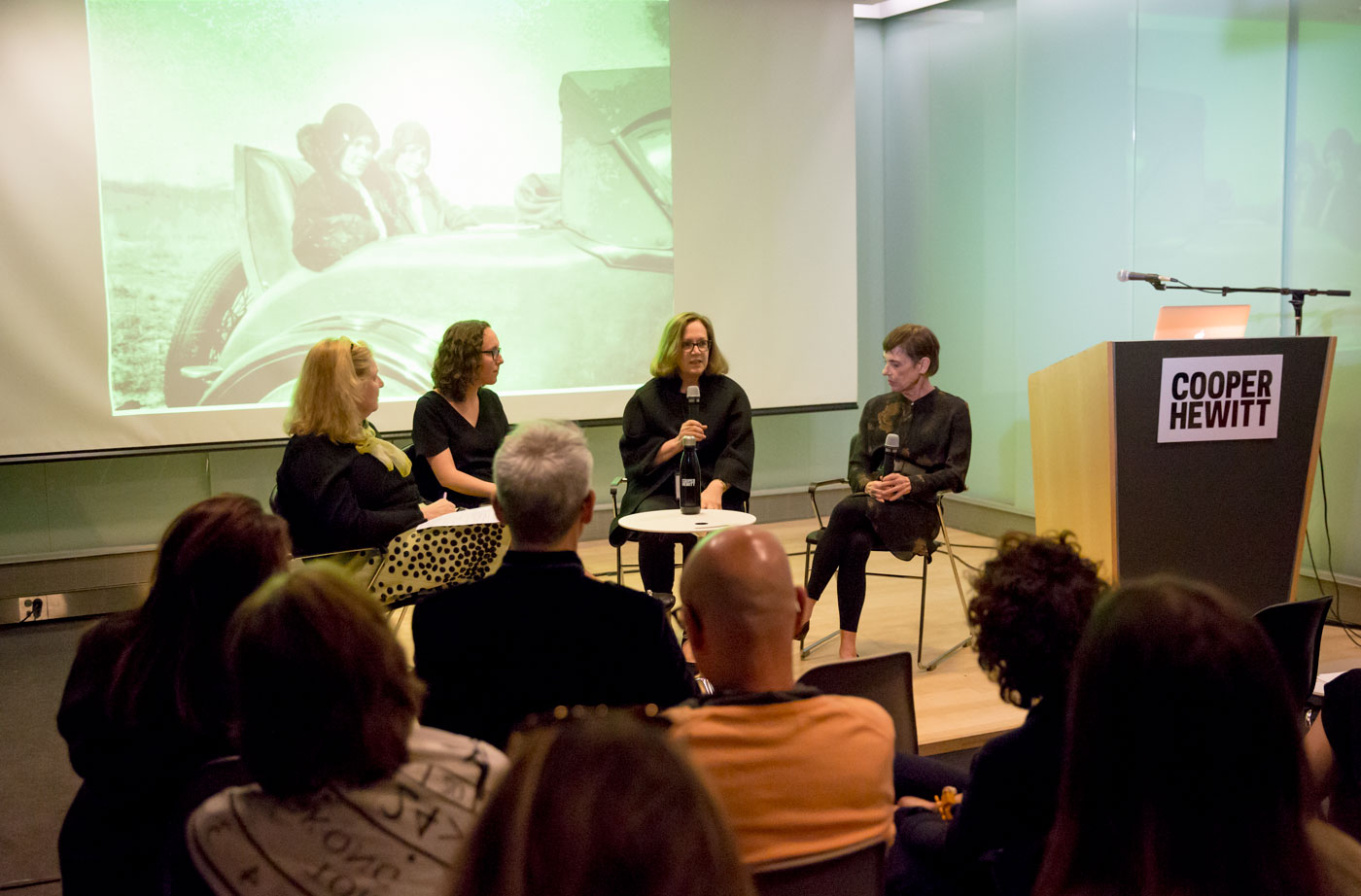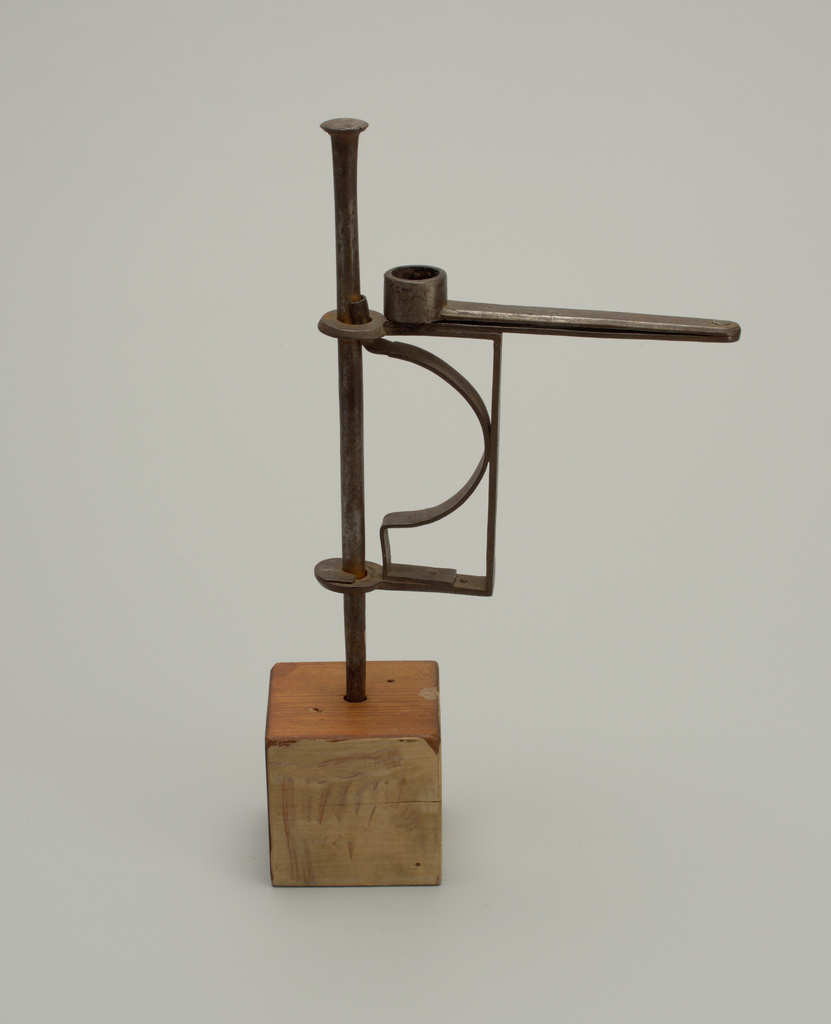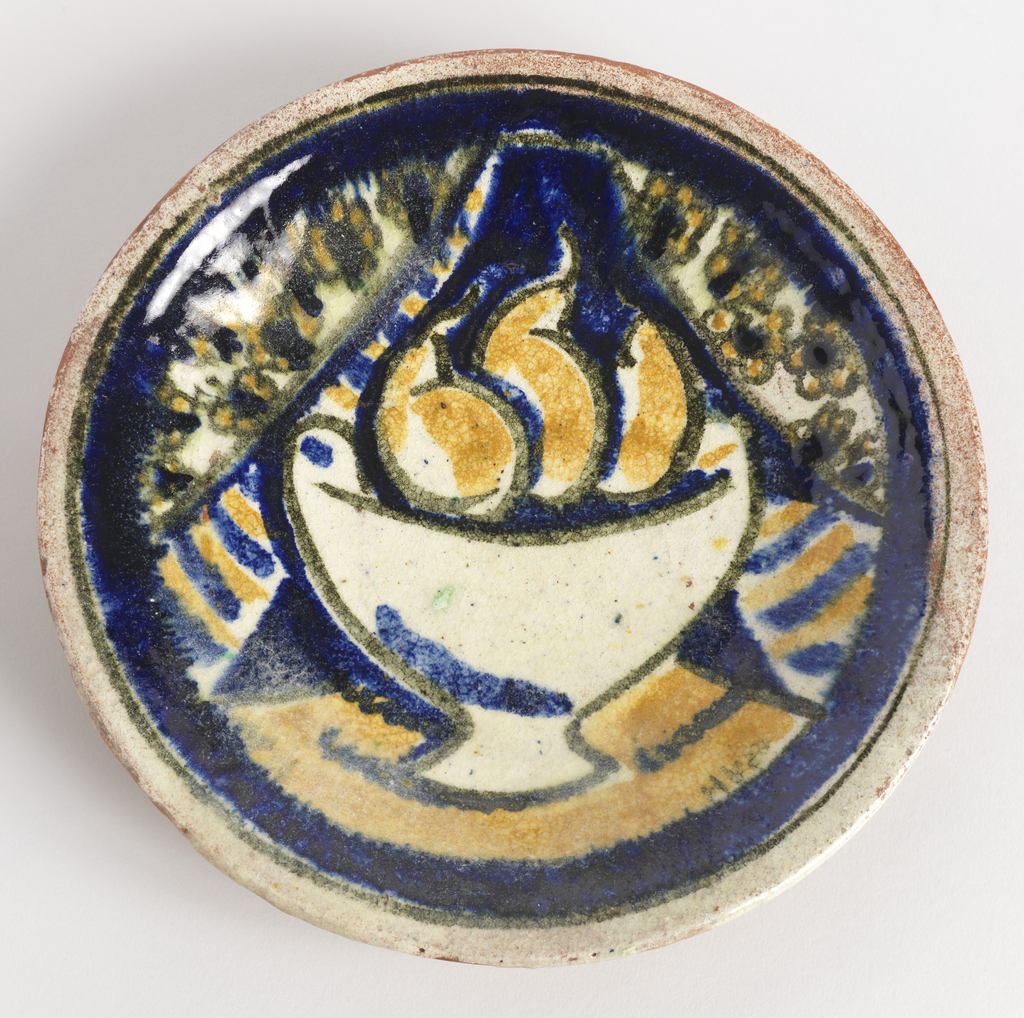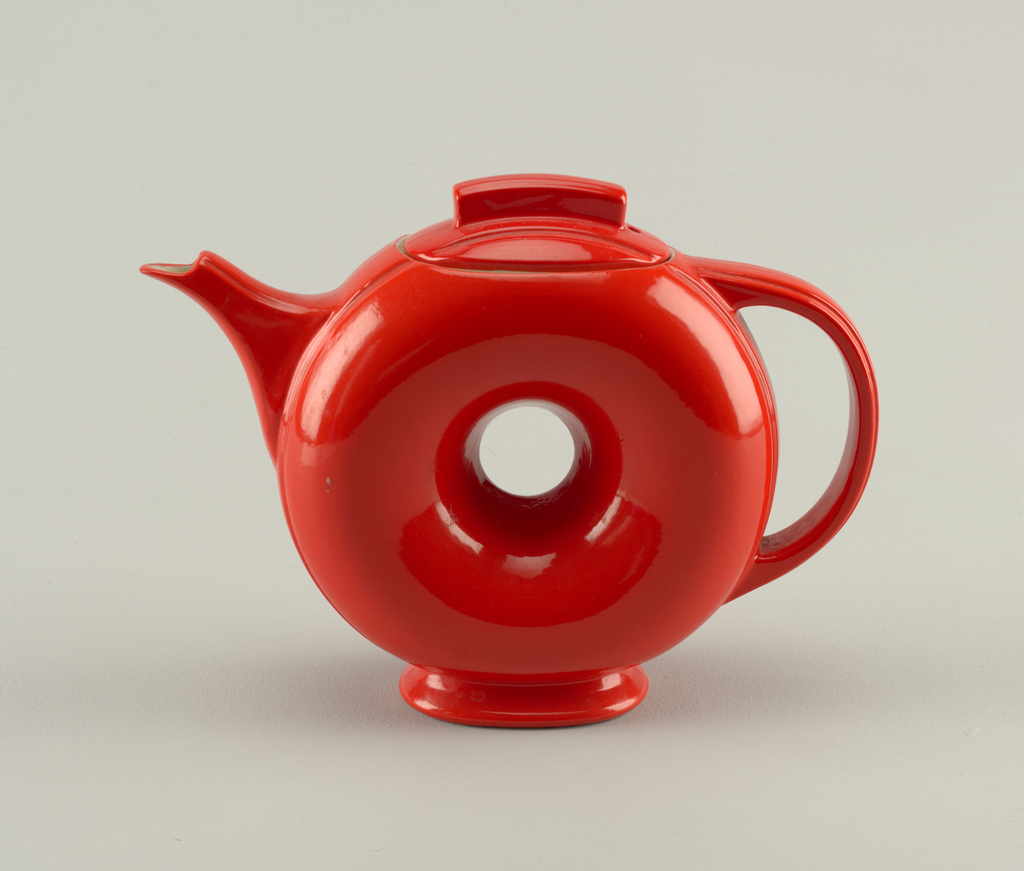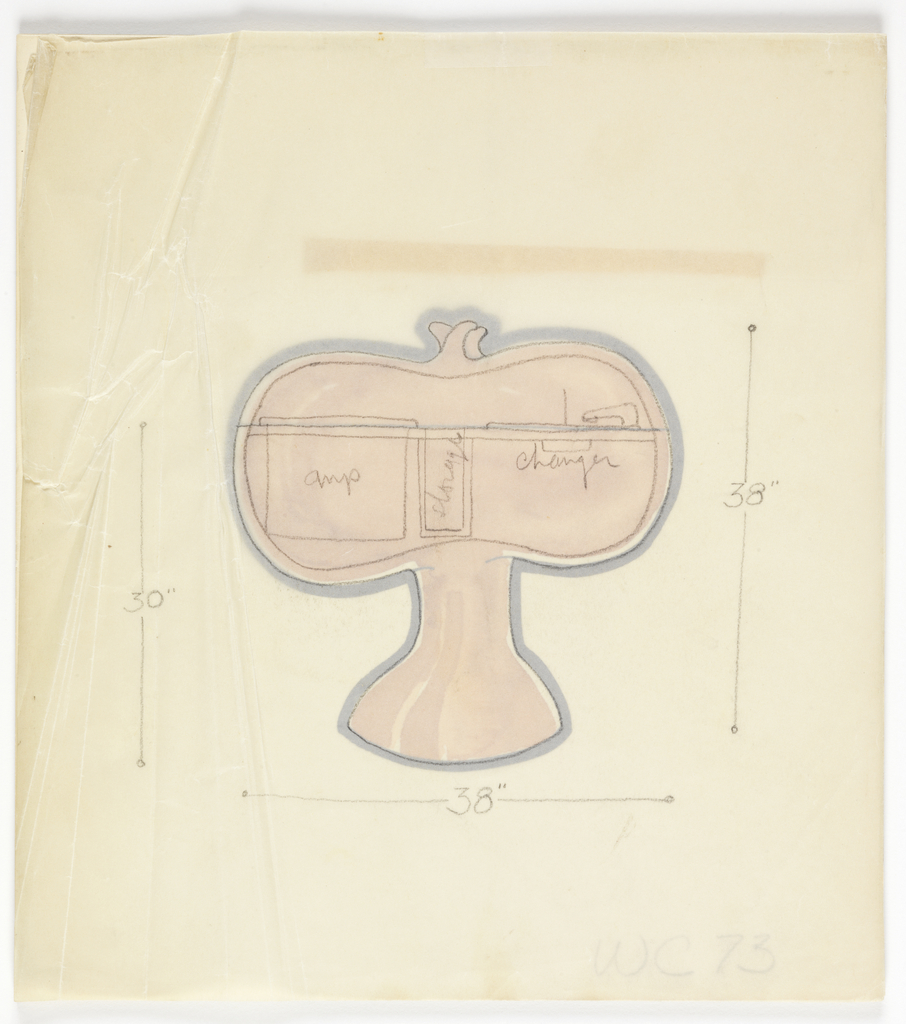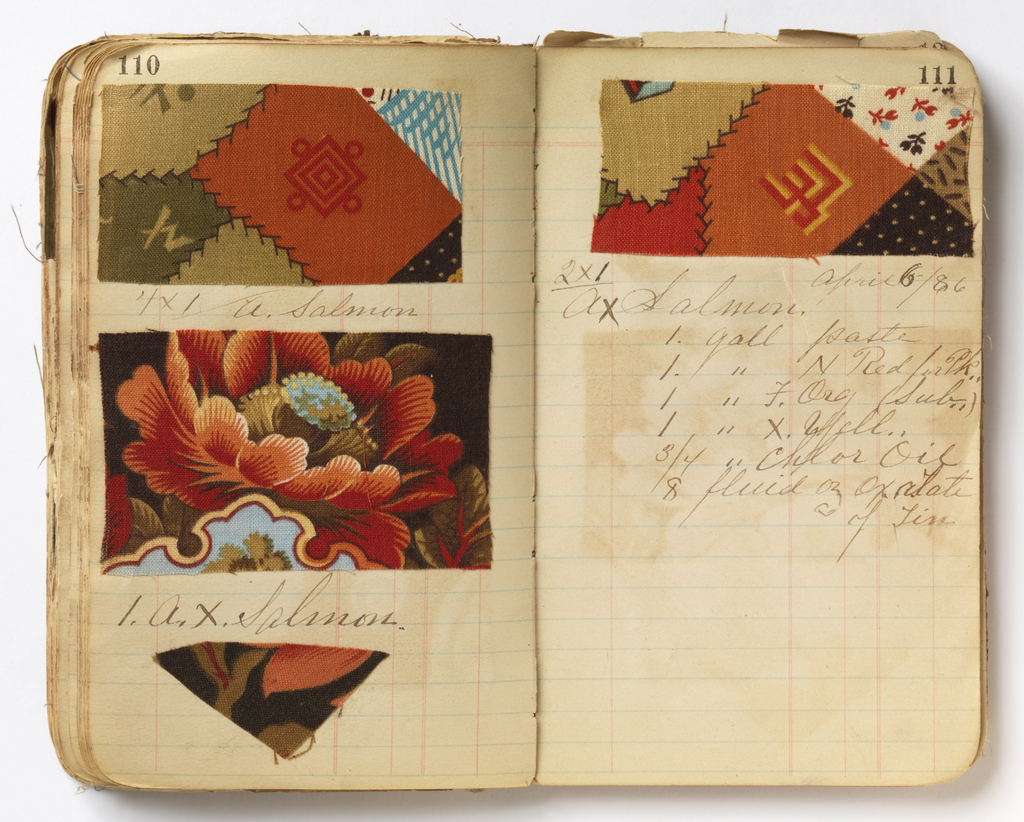The Morse Historic Design Lecture | Ilonka Karasz
From the time she arrived in the United States from Budapest in 1913, Ilonka Karasz was a force in New York City’s creative circles. Karasz’s oeuvre is diverse; over the course of her sixty-year career, she created furniture, textiles, silver, wallpapers, ceramics, and illustrations. Between 1925 and 1973, Karasz illustrated 186 covers for the New...
This 1947 book cover for The Great Gatsby was designed by Alvin Lustig (American 1915–1955) as part of the New Classics project. Initiated in 1939 by New Directions Publishing, the New Classics project created a series of cutting edge reprints of classic novels. When F. Scott Fitzgerald’s novel was first published in 1925, it garnered...
Exploring Marguerita Mergentime’s life and career, reintroducing her ideas on modern design, informal dining, and joyful living.
In conjunction with The Jazz Age: American Style in the 1920s, a Design Talk with fashion historians Caroline Milbank and Jan Reeder on the revolutionary fashion trends that marked the era, with special emphasis on style in New York and the influence of Paris.
One of the most precious household commodities before the advent of electric lights was the candle. Candles were typically burned at night, and only when necessary, as they were laborious to make and costly to buy. The best candles were made of pure beeswax, because these burned cleanly and emitted a pleasant honey odor. Another...
Upon his return from military service in Europe in 1919, Henry Varnum Poor settled in an artists’ community in New City, New York where he purchased land and began single-handedly building a home called Crow House, named after the local birds who kept him company while he worked. As a struggling painter Poor was always...
“The Battle of the Centuries” was a dish washing contest between Mrs. Drudge and Mrs. Modern, between hand washing vs. electric dishwashers at the 1939/40 New York World’s Fair. This contest promoted all the benefits of modern appliances and is part of the history of new and improved technology in the modern age. The Cooper Hewitt Library...
Louis Sullivan’s ornament can be appreciated on both a large scale—think Chicago’s Carson Pirie Scott building—and a small one—this cast iron doorplate. Having been removed from its original location during the mid-twentieth century, this doorplate is from Adler & Sullivan’s last commission, the Guaranty Building (now called the Prudential Building). The building became a National...
George Nelson and his team at George Nelson Associates were the creative force behind many iconic mid-century furniture designs—such as the “Marshmallow” sofa and various storage systems—but it is in the company’s playful clock designs of the 1950s and 1960s that the whimsy of mid-century modern design excels. The Asterisk wall clock’s simple design relates...
Conjuring up the round abstract shapes and bold colors of Alexander Calder’s hanging mobiles and graphic work, this teapot’s unique shape stands out amongst many of the teapots created by the Hall China Company during the 1930s and 1940s. Making its debut in 1938, the Doughnut teapot was one of several novelty designs created by...
This chest, by twentieth-century American designer/craftsman Wendell Castle is an outstanding example of the American studio furniture movement. Commissioned as a stereo cabinet, it is a variant of a blanket chest he crafted in 1968 that is now housed in the collection of the Memorial Art Gallery, University of Rochester, Rochester, New York. Castle’s work is...
While researching one of our printer-dyer record books for the Cooper-Hewitt exhibition Multiple Choice: From Sample to Product, I discovered a curious fabric swatch on page 105. The fragment shows two incomplete figures in Japanese-style dress and includes the text “Dude Never Would Be Missed” and “Got Him On My List.” Both phrases are lyrics...
The Lindy Hop was a swing dance phenomenon, but the Finnish Hop? This lively design was produced by the artists’ collective know as The Folly Cove Designers, for its location near Gloucester on the Massachusetts coast. Many Finnish immigrants had settled there, attracted by skilled work in the granite quarries or the boat building industry....
Frederic Edwin Church, Sunset across the Hudson Valley, 1870. object number 1917-4-582-a Cooper-Hewitt, National Design Museum’s collection of over 2,000 oil sketches and graphite drawings by Frederic Church was mentioned recently in the New York Times in connection with the reopening of the Metropolitan Museum of Art’s American Wing. According to the Met’s Curator of...
